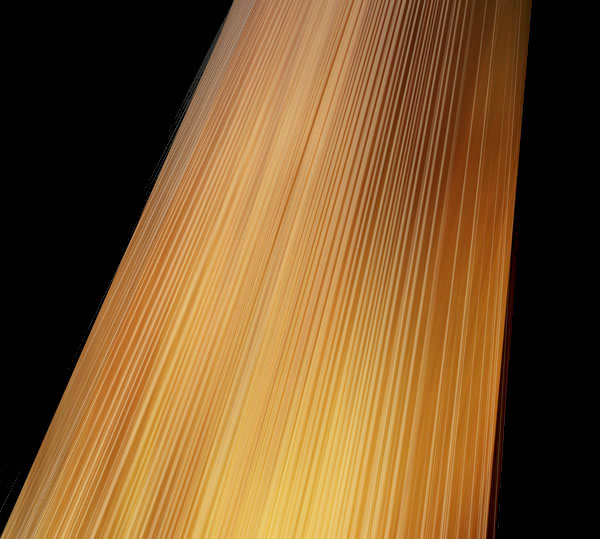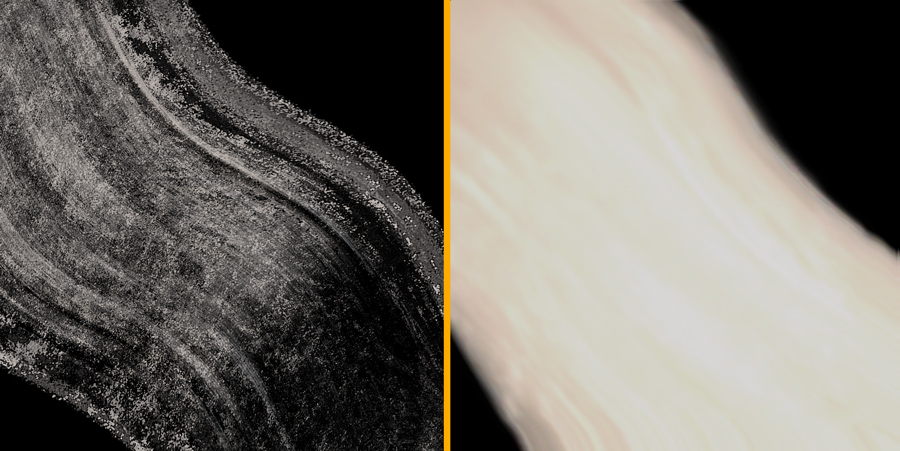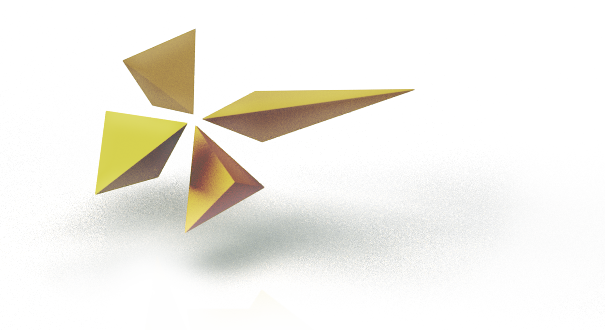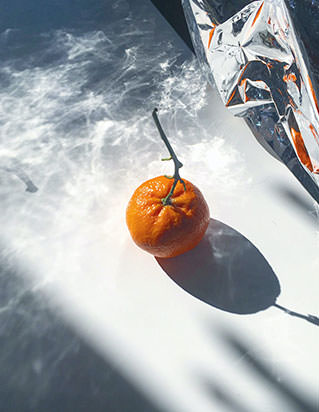Texture
Along with colours and shapes, textures are a common element in visual synaesthesia. They can be perceived in different ways. In combination with shapes or on their own – in the mind’s eye or as a feeling in or on the body: on the fingertips, on the skin or on the tongue. Textures often seem to reflect properties of their trigger. In the perception of three-dimensional forms, they are, in a sense, the material of which they are made. Typically, they can have properties that do not necessarily follow the usual logic (e.g. an oily mist), and often invisible properties are also perceived, such as haptics or weight.

01
THE TEXTURE – Many synaesthetes report the same thing: even if the textured object is perceived as small, the surface can be seen up close, as if under a microscope.

02
A MUSICAL SOUND – Close-up of the sound texture of a stringed instrument.




